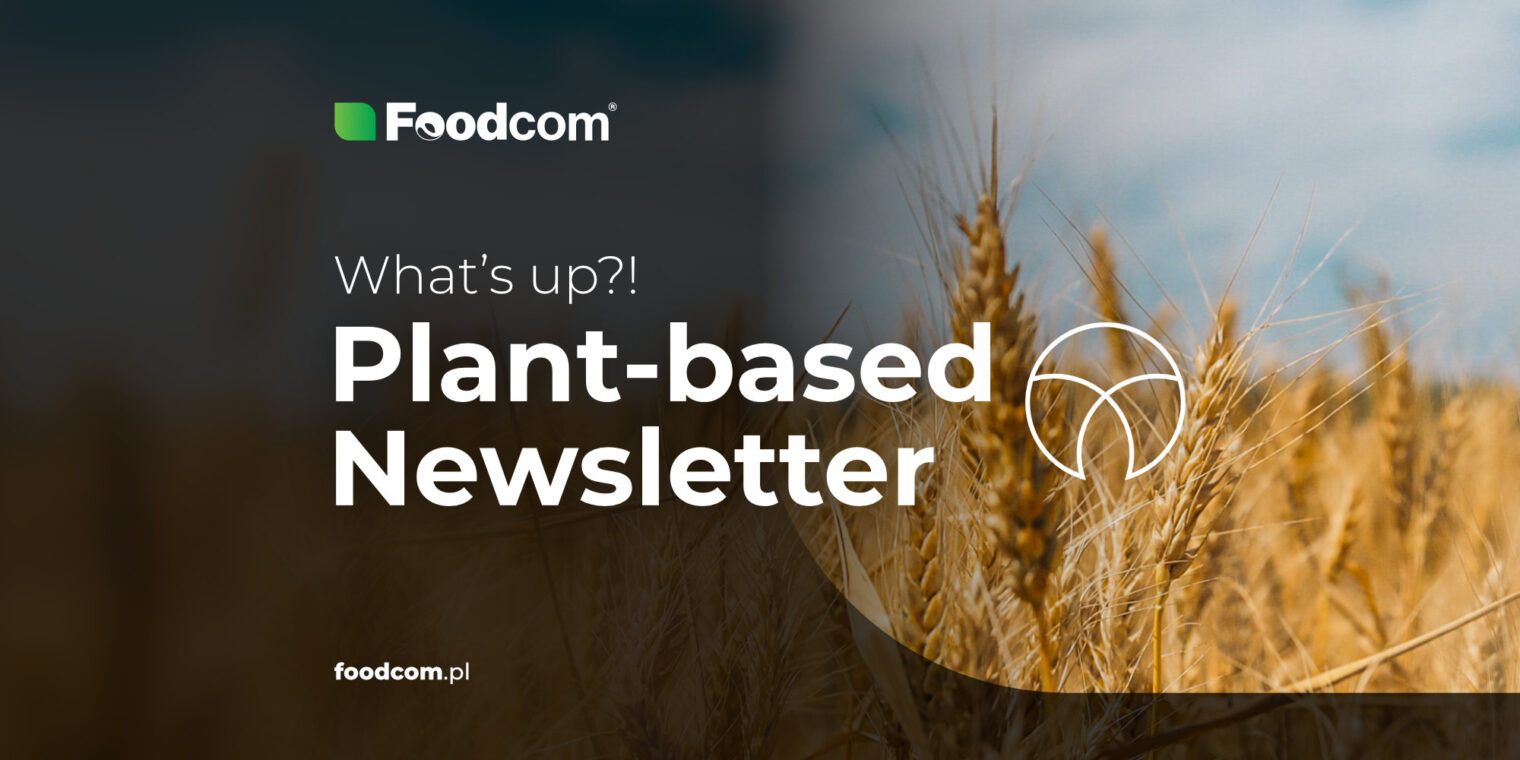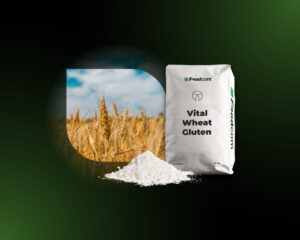Hello, Partners
Embark on a captivating journey through the dynamic Plant-Based sector in our new Newsletter! As Europe experiences a wave of corn, wheat, rapeseed, sunflower and barley from Ukraine, prices are riding a roller coaster. On this wave, we’ll share insightful stories without explicitly pointing out price drops or spikes to ensure a strategic approach for all stakeholders.
Hottest Products of the Week
Starches
Strength that was once high in price now dances to a lower beat, while Native Starches groove to ever more modest asking prices. Imagine that dance floor: While Starches stumble, Potato Flakes show their moves, basking in the unwavering demand. It’s a cheeky tango of fluctuating fortunes in the starch sector, with prices dropping but potatoes keeping the party alive, proving that even with price turbulence, the potato has the upper hand in this market!
Proteins
Vital Wheat Gluten (VWG) is in the spotlight, fluctuating at the pace of falling prices, a trend that is causing a stir. Meanwhile, the spotlight is shifting to Corn Gluten Meal (CGM), where supply is hard to come by, leading to a behind-the-scenes uproar, especially given the constant demand for aquaculture and animal nutrition. It’s a drama full of protein in the plant world, where VWG is facing a price drop and CGM is stealing the show with a supply secret that’s keeping everyone on their toes. Let the protein party begin!
Sweeteners
Selling sugar is trickier than walking a tightrope, as everyone boasts (to be/to have?) a supposedly better supplier. The European sugar scene is in turmoil as EU Dextrose takes a nosedive, rivaling the price of its Chinese counterpart. But don’t let the sugar blues get you down, because fructose, glucose syrup and powder are the rock stars stealing the spotlight. Demand is high, and supply is coming from not faraway places like Turkey and Ukraine.
Oils
Brace yourself, because the price of olive oil remains in a stalemate with consumers’ wallets, it stands tall but is out of reach. The culprit is the freak weather in Spain and Italy: droughts are weighing on olive oil supplies and causing turmoil in the market. But that’s not all – there’s a subplot in the dairy saga. Thanks to the Greens’ efforts to cut meat production, the reduction of the dairy herd in the EU has a side effect. With fewer animals mooing, milk and the valuable fats it provides are in increasingly short supply. It’s an oil and milk drama, with the whims of nature and political moves making waves in the sea of markets.
What else?
Europe & Africa
Germany
Low water hampers Rhine river shipping in Germany. Low water levels along the Rhine River in Germany, caused by recent dry weather, are restricting cargo vessels from sailing fully loaded, particularly south of Duisburg and Cologne. The situation has led to surcharges on freight rates as vessels can only transit certain points, like the chokepoint of Kaub, at about 50% capacity. This has implications for the transportation of crucial commodities, including grains, minerals, ores, coal, and oil products, along the significant shipping route.
Ukraine
Five more cargo ships head for Ukraine’s Black Sea ports, deputy prime minister says. Ukraine has opened a new corridor for ships, bypassing the Black Sea grain deal blocked by Russia. Deputy Prime Minister Oleksandr Kubrakov announced that five vessels, including OLGA, IDA, DANNY BOY, FORZA DORIA, and NEW LEGACY, are en route to export nearly 120,000 metric tons of Ukrainian grain to Africa and Europe. Additionally, three bulk carriers – Azara, Ying Hao 01, and Eneida – have left Ukrainian ports carrying 127,000 tons of agricultural products and iron ore through a temporary corridor established by the Ukrainian Navy, following Russia’s disruption of the previous agreement in 2022.
The Americas
USA
Funds sell more CBOT corn and beans ahead of US stock data. Recent U.S. government data indicates that corn, soybean, and wheat supplies were comparable to last year’s levels, yet Chicago futures are considerably lower. In the week ending Sept. 26, speculators increased their net short position in CBOT corn futures to the largest since August 2020, despite expectations for slight fund buying. Speculative optimism for soybeans has been declining, with money managers’ net long dropping to a four-month low. Additionally, funds maintained a substantial net short in CBOT wheat futures, resulting in a 6.4% dive in CBOT wheat futures on Friday, marking the largest single-day decline since March 2022. Wheat futures closed at a four-year low, down 41% from a year ago.
Brazil
Farmers plant more cocoa outside Africa as prices rally. Schmidt Agricola, a major Brazilian agricultural company, has expanded its operations to include cocoa cultivation in Bahia amid surging global cocoa prices. This shift, observed in countries like Brazil, Ecuador, and Colombia, could potentially address the current supply tightness in the cocoa market. However, the move towards South American cocoa production poses a threat to small farmers in Africa, as the newly established orchards in the region are more productive, leading to reduced overall production costs.
Asia & Oceania
China
Corn Starch Prices Hit Unprecedented Highs in the US and China Markets in September 2023. In September, Corn Starch prices in the United States surged due to increased global demand, rising raw material costs, and supply chain disruptions. Factors such as adverse weather in China affecting corn markets, a shift of corn towards ethanol production, and reduced corn cultivation have contributed to the unprecedented price escalation.
India
India reduced imports of palm and sunflower oil in September. India’s vegetable oil imports in September dropped by 19%, totaling around 1.5 million tons, compared to the record-high figures in August. The decline is attributed to a surge in domestic stocks, prompting buyers to temporarily halt purchases. Notably, palm oil imports fell by 26% to 830,000 tonnes, sunflower oil by 15% to 310,000 tonnes, and soybean oil increased slightly by 2% to 365,000 tonnes. By early September, India’s vegetable oil reserves reached 3.7 million tons, up from 2.4 million tons the previous year. Analysts suggest a potential further decline in October, given the ample stock to meet demand during the festival season. India’s key suppliers include Indonesia, Malaysia, and Thailand for palm oil, while soybean oil is primarily sourced from Argentina and Brazil, and sunflower oil from Ukraine and Russia.








